Universidade de Coimbra Alta e Sofia — Candidatura a património mundial
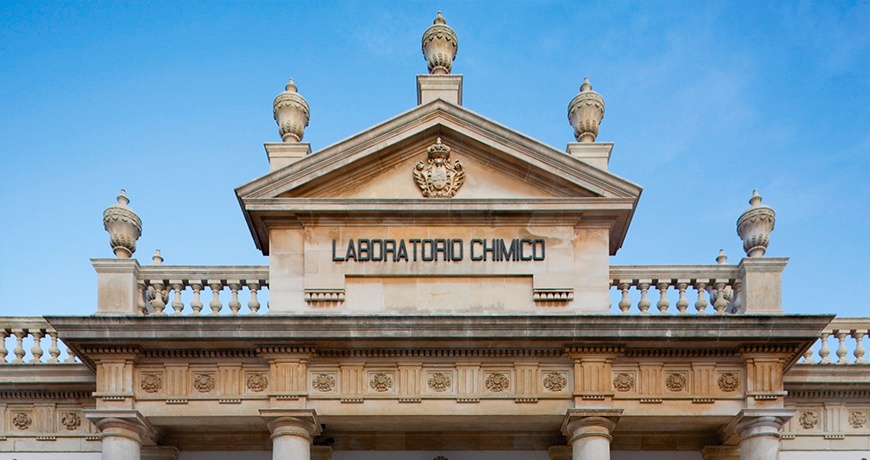
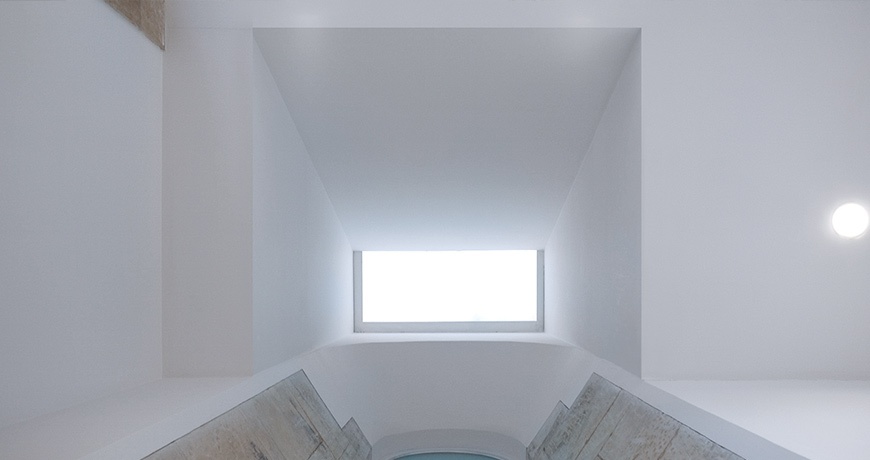
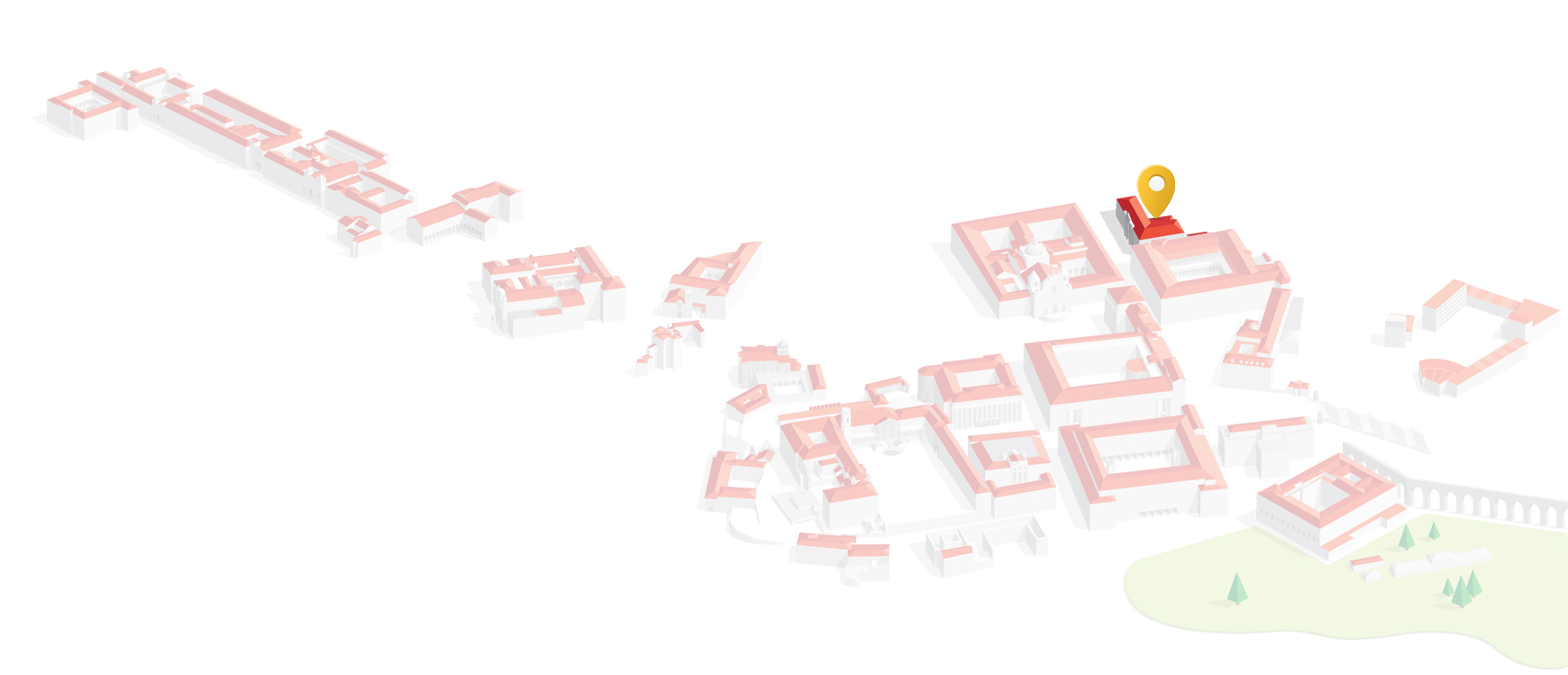
Chemistry Laboratory
Dating from the time of the Pombaline Re- form, the building was finished in 1755.


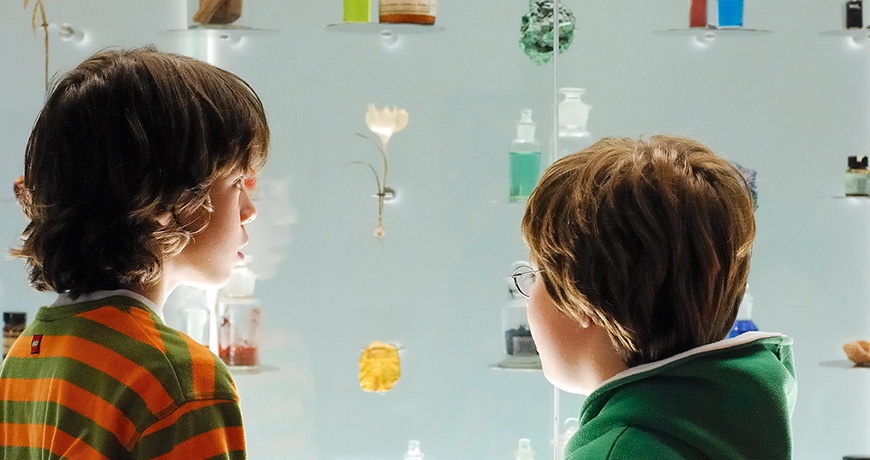
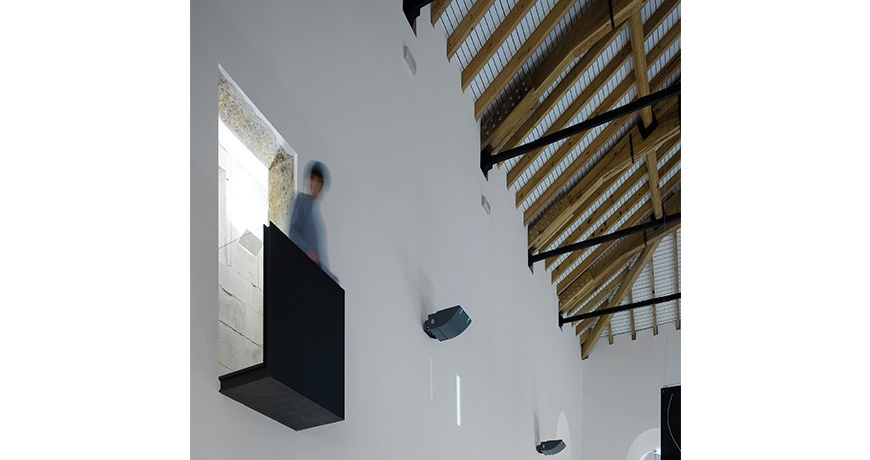
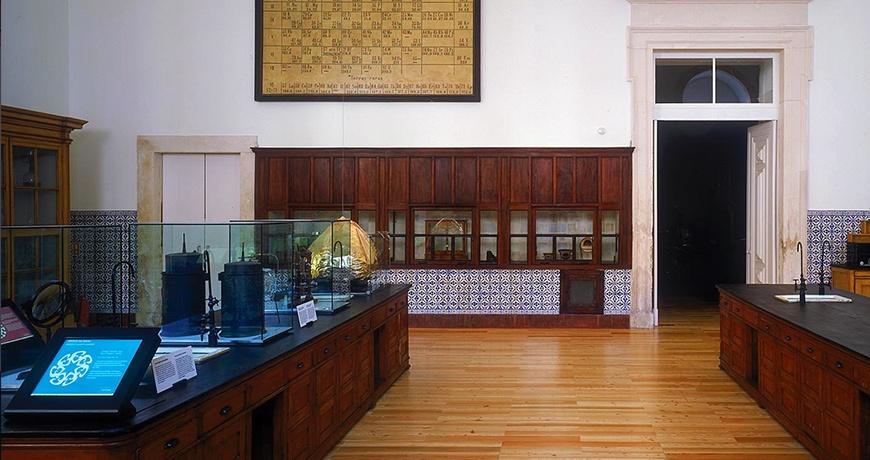
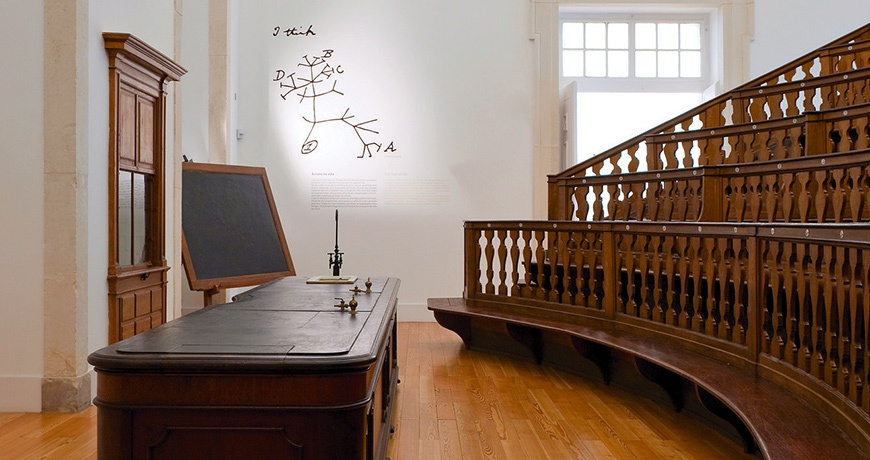
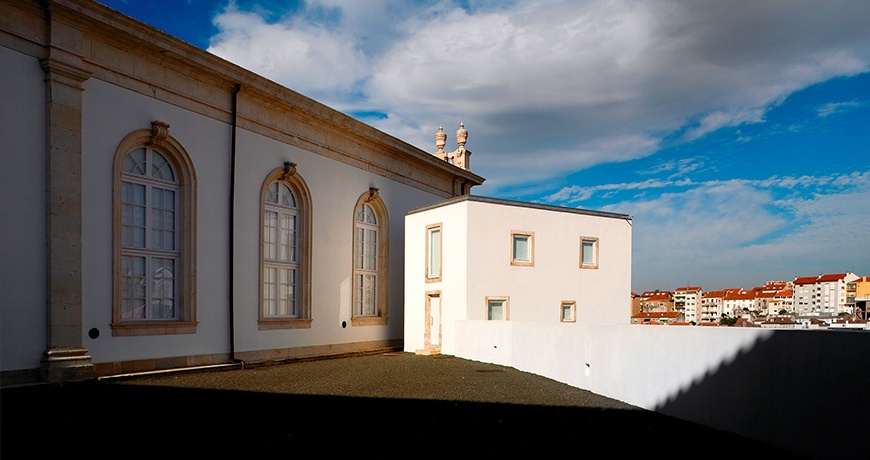
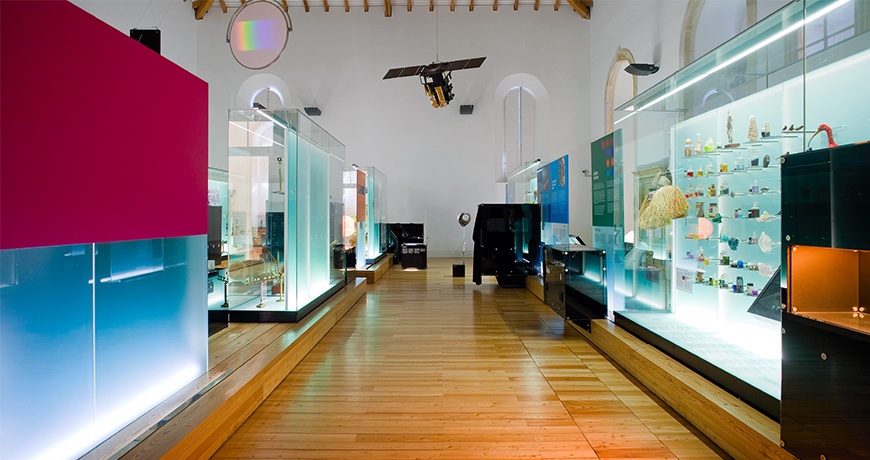
Art and Architecture
Dating from the time of the Pombaline Re- form, the building was finished in 1755.
Given the need to adequately accommodate the experimental objects and to provide a quality education, a building was erected from scratch in order to meet all the re- quired standards. It was constructed to the east of the vast complex of the extinct College of the Society of Jesus.
Facing west, the main façade displays a neoclassical design, with symmetrical lines and balanced proportions, composed of wide windows framed by pilasters, triglyph entablature and a balustrade crowned with a series of urns. The central body stands out, made of four Doric columns that sup- port the main triangular pediment bear- ing the inscription “Laboratório Chimico” (Chemistry Laboratory).
Besides the architectural integrity of the building, one should also highlight the im- portant collection of experimental instru- ments of the 18th and 19th centuries that it houses.

Proposed Intervention
As a result of a recent remodelling and enhancement of its interior space for the development of the first phase of the Science Museum of the University of Coimbra (designed by architects João Mendes Ribeiro, Désirée Pedro and Carlos Antun es), the Pombaline Chemistry Laboratory regained its former structure and layout, including the amphitheatre. The inauguration took place in 2006.
